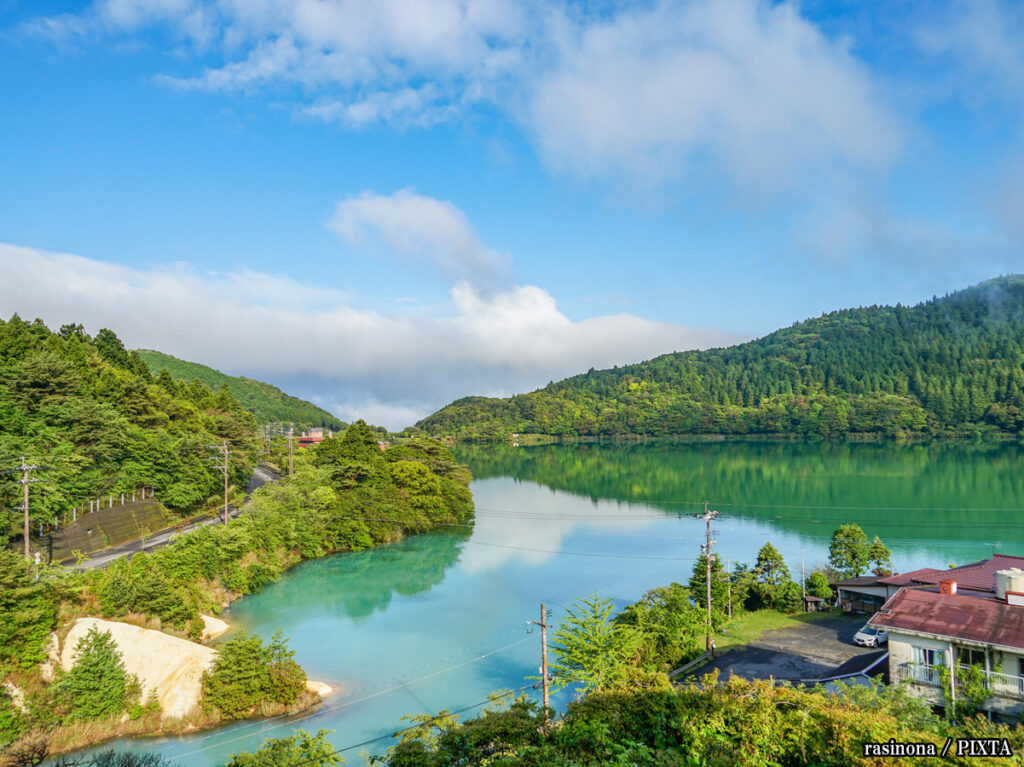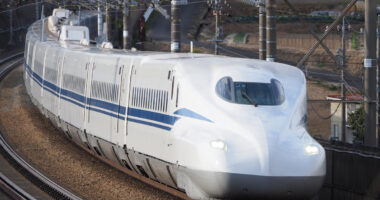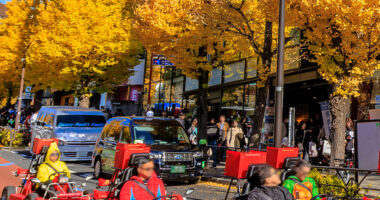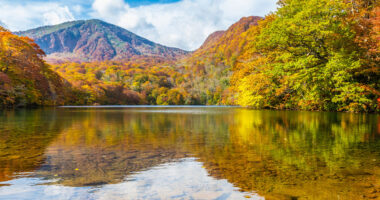There is a place in Japan where steaming volcanoes rise beside quiet cedar forests, where castles tell stories of samurai bravery, and where every corner feels like it holds a secret waiting to be uncovered. This is Kyushu, the southernmost of Japan’s main islands, a region often overlooked but rich with rewards for those who seek something beyond the usual path.
In this guide, we invite you to explore Kyushu’s incredible diversity. You’ll discover towering peaks and deep gorges, walk through lively cities full of character, and step back in time at historical landmarks that have shaped Japan’s unique identity.
Kyushu nature attractions for explorers
Let’s begin with the island’s awe-inspiring natural wonders!
If you’re a nature lover with a sense of adventure, Kyushu is a dream come true. This southern island of Japan is packed with stunning natural wonders, from towering volcanoes to untouched forests, offering awe and peace.
The majestic volcanic landscapes of Mt. Aso
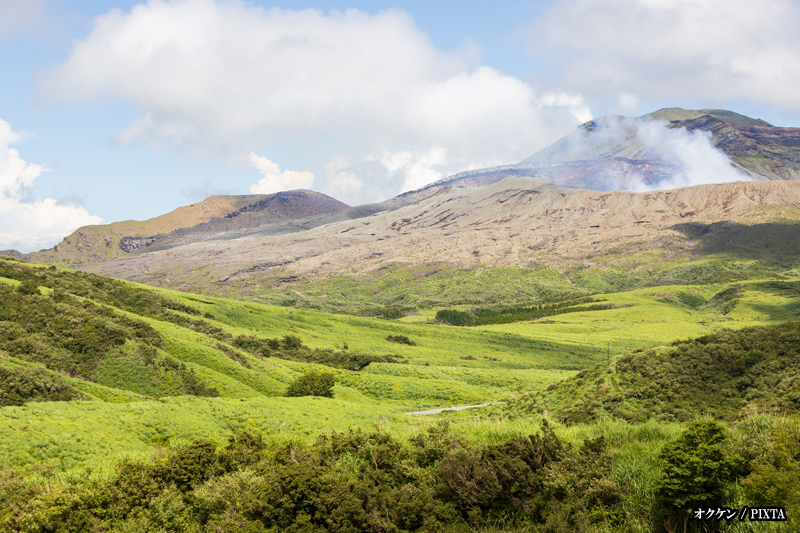
Photo for illustrative purposes
Towering over central Kyushu, Mt. Aso is one of the world’s largest active volcanoes. Here, you can stand at the edge of its colossal crater and watch plumes of smoke drift skyward—a surreal encounter that reminds you of nature’s raw power. For hikers, surrounding trails provide panoramic views and moments of quiet reflection.
Takachiho Gorge: mythical scenery and outdoor adventures
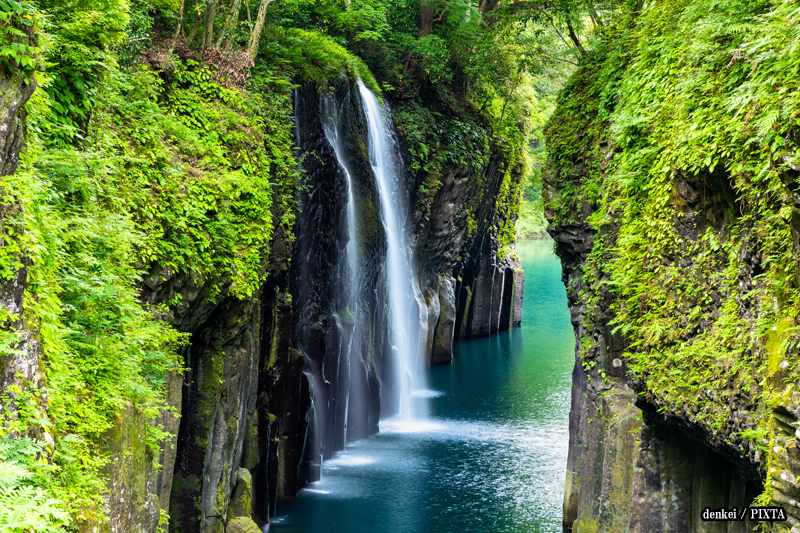
Photo for illustrative purposes
With its sheer cliffs and emerald waters, Takachiho Gorge feels like stepping into a Japanese folktale. You can paddle a boat along the Gokase River beneath cascading waterfalls or hike the rim to admire the gorge’s sculpted beauty.
Kirishima: hot springs and hiking trails in untamed wilderness
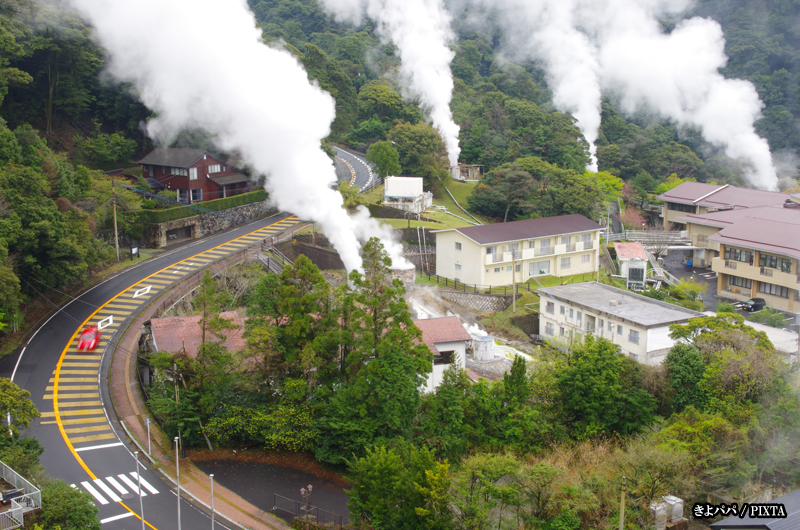
Photo for illustrative purposes
A chain of volcanoes, Kirishima offers not just hiking but also rejuvenating onsen (hot springs) experiences. Trails wind past steaming vents and crater lakes, making it a paradise for explorers who crave both adventure and relaxation.
Yakushima Island: ancient cedars and pristine forests
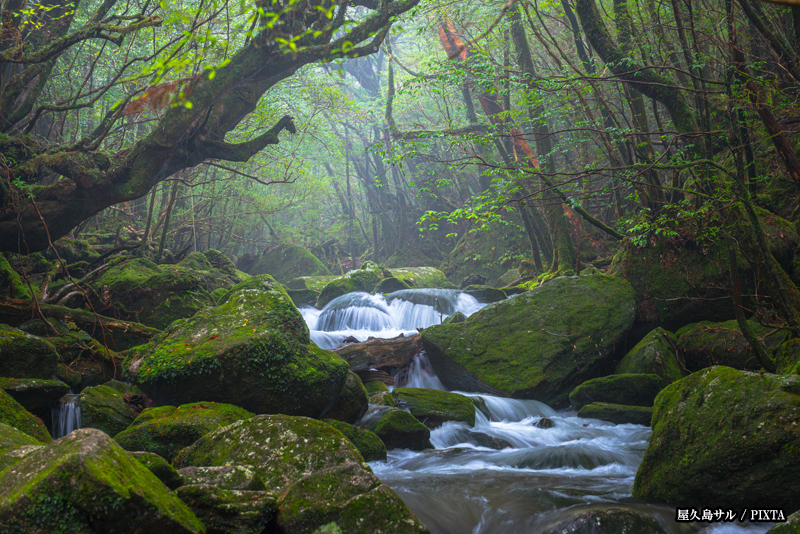
出Photo for illustrative purposes
This UNESCO World Heritage site boasts some of the oldest trees on Earth, with mystical forests that inspired the animated classic Princess Mononoke. Walking under its moss-draped canopy is an almost spiritual experience.
Mini-guide: practical tips for nature exploration
Kyushu’s landscapes change beautifully with the seasons. Here are some practical tips to ensure you have a safe and enjoyable nature adventure.
Quick Tips
- Wear comfortable walking shoes suitable for uneven terrain.
- As weather can shift quickly in mountainous areas, pack rain gear and dress in layers to adapt to changing temperatures.
- Always check local trail conditions before heading out to ensure a safe and smooth adventure.
Before we dive into Kyushu’s urban wonders, keep your explorer’s hat on—there’s plenty more to discover!
Must-visit cities in Kyushu for international tourists
Kyushu is home to vibrant cities that blend the old and the new, offering a fascinating mix of history, culture, and modern life. Let’s have a closer look at the must-visit cities in Kyushu for international tourists that deserve a prime spot on your itinerary.
Fukuoka: gateway to Kyushu
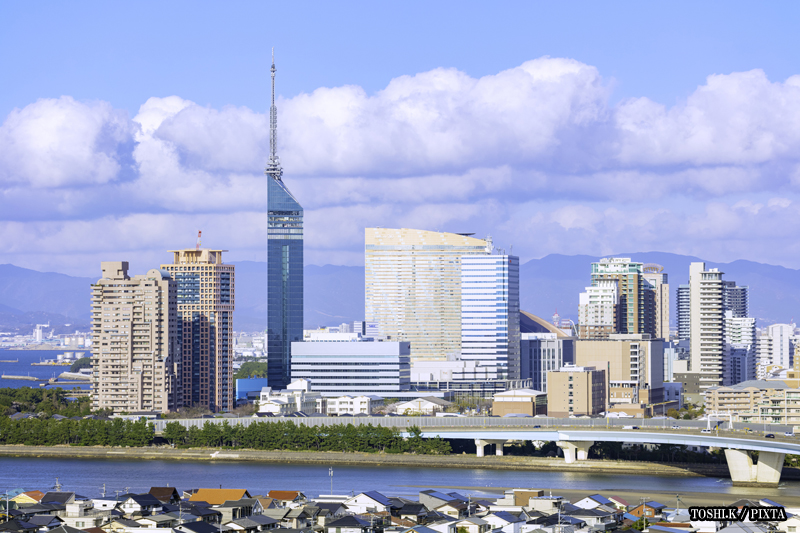
Photo for illustrative purposes
Fukuoka shines as a vibrant, cosmopolitan gateway to Kyushu that offers a seamless blend of modern city life and relaxing natural escapes. You can start your visit with a trip to the historic ruins of Fukuoka Castle, set within the spacious Maizuru Park, where cherry blossoms create a spectacular scene in spring.
Just next door is Ohori Park, a beautifully landscaped oasis with a large central pond, scenic walking paths, and a traditional Japanese garden—perfect for a peaceful stroll or even a paddleboat ride.
As evening falls, dive into Fukuoka’s famous yatai (street stalls) culture, where you can sample local favorites like tonkotsu ramen, grilled skewers, and fresh seafood, all while soaking up the lively atmosphere.
Finally, for a taste of modern Fukuoka, explore Canal City Hakata or the seaside Momochi area, where you’ll find futuristic architecture and beaches side by side. Momochi Seaside Park also hosts events and tournaments. To make the most of your trip, make sure you check the upcoming events on their news section.
Nagasaki: port history and peace memorials
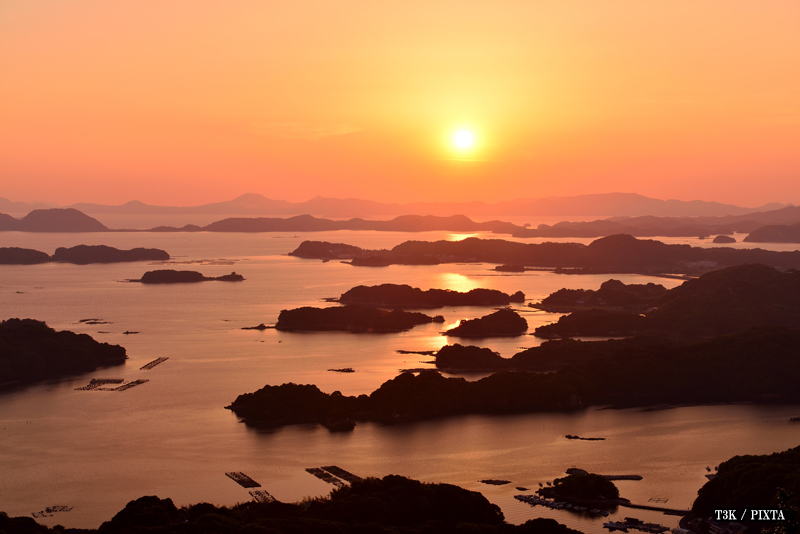
Photo for illustrative purposes
Nagasaki is a city shaped by its history, culture, and resilience, where reminders of both international trade and tragedy are woven into everyday life. Once Japan’s primary gateway to the outside world, Nagasaki’s international influence is still visible today in its unique mix of Dutch, Chinese, and Western architecture—best explored in the charming streets of Dejima and the hillside Glover Garden.
Of course, no trip here is complete without a visit to the Nagasaki Peace Park and Atomic Bomb Museum. These sites are deeply moving and offer a chance to reflect on the events of 1945 and the city’s incredible recovery since. For a different perspective, head up Mount Inasa by ropeway—the night view over the bay is absolutely worth the trip.
Nagasaki is a place that stays with you. It offers both rich history and moments that quietly make you stop and think.
Kagoshima: Sakurajima views and samurai legacy
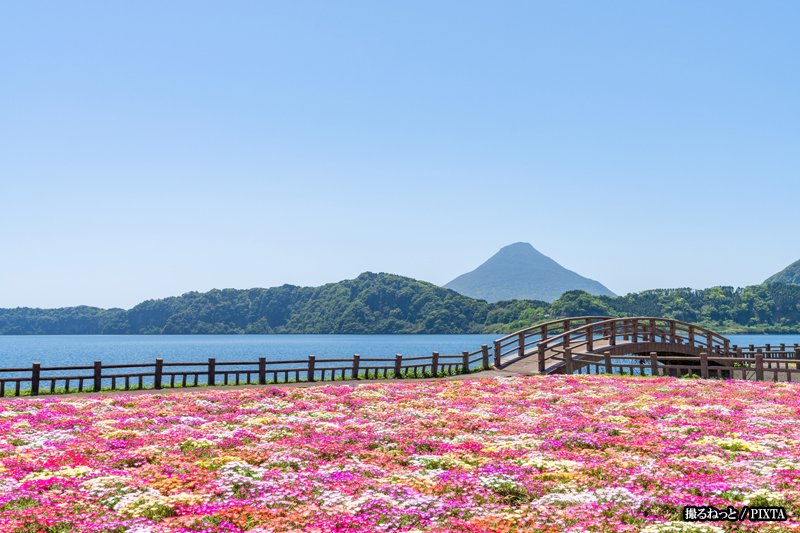
Photo for illustrative purposes
Kagoshima is all about dramatic landscapes and deep-rooted history, with its iconic Sakurajima volcano setting the scene. You can’t miss it—the volcano sits right across the bay and is often puffing smoke, reminding everyone that Kagoshima lives side by side with nature’s raw power. You can get up close by taking a short ferry ride to the island, where you’ll find walking trails, hot springs, and observation points with fantastic views.
Kagoshima isn’t just about volcanoes; it’s also steeped in samurai heritage. A visit to the beautifully preserved Sengan-en Garden, once home to the powerful Shimadzu clan, gives a glimpse into the life of feudal lords.
For history buffs, the nearby Shiroyama Observatory and the Museum of the Meiji Restoration help tell the story of Kagoshima’s key role in modernizing Japan. It’s a place where nature and history feel deeply connected at every turn.
If you’re planning to visit not one but multiple cities, stay tuned for travel tips that will help you navigate like a pro.
Historical landmarks and heritage sites in Kyushu
If you love history, Kyushu is a paradise waiting to be explored, where ancient castles, peaceful temple towns, and mysterious stone carvings paint a vivid picture of the bygone era. Each historical landmark and heritage site offers a unique glimpse into the island’s rich cultural legacy that invites you to step back in time and explore the stories that shaped this fascinating region.
Kumamoto Castle: a symbol of strength
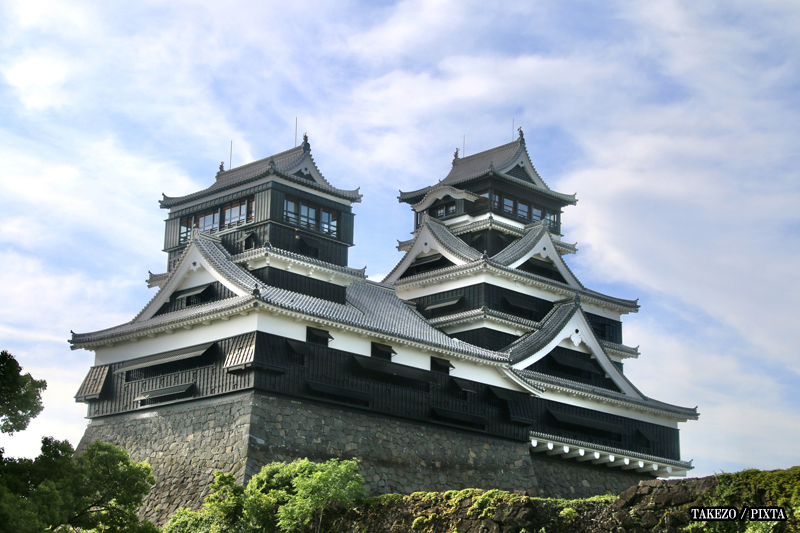
Photo for illustrative purposes
Kumamoto Castle is a stunning example of feudal Japanese architecture, renowned for its imposing stone walls and beautiful design. Originally built in the 17th century, it has been largely restored after earthquake damage. Visitors can explore its reconstructed interiors and learn about its strategic role during Japan’s warring states period.
Usuki Stone Buddhas: carvings frozen in time
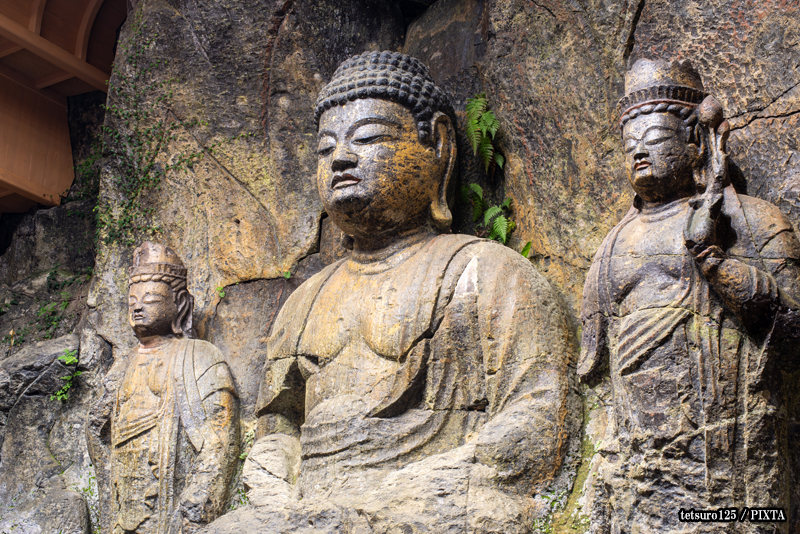
Photo for illustrative purposes
The Usuki Stone Buddhas, carved into cliffs in the 12th century, offer a serene and lesser-known glimpse into Japan’s Buddhist history. These ancient statues remain relatively quiet and peaceful, providing an atmospheric experience for visitors interested in spiritual history.
Hita and Yanagawa: riverside and canal towns with old-world charm
Yanagawa is famed for its scenic canals and traditional boat rides that wind through the heart of the city, evoking the atmosphere of the Edo period. In contrast, Hita is built along the Mikuma River and is known for its yakatabune cruise boats and opportunities for canoeing. Both destinations invite visitors to experience historic architecture and tranquil waterways, each offering its own unique take on riverside charm.
Shimabara Peninsula: Christian history and castles
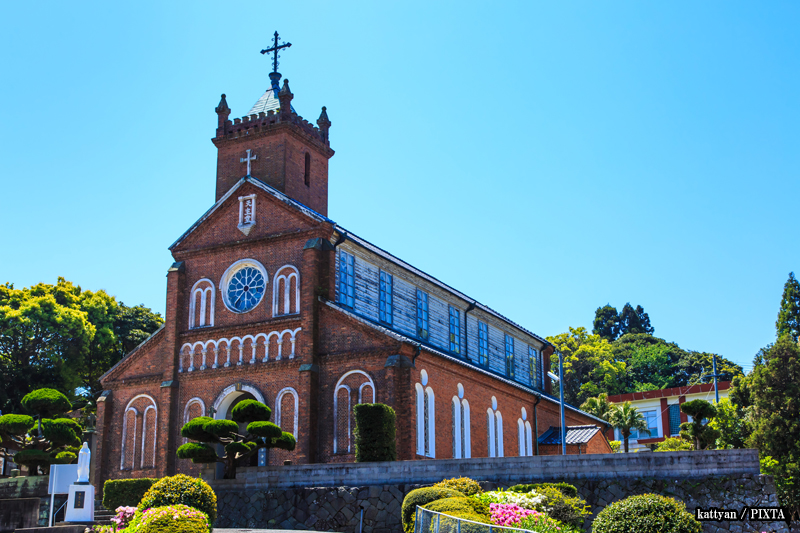
Photo for illustrative purposes
The Shimabara Peninsula holds significant Christian history, particularly during the early missionary period and the Shimabara Rebellion. Visitors can explore churches and castle ruins, gaining insight into Japan’s Christian heritage and the region’s turbulent past.
Hidden Christian Sites of Nagasaki: a UNESCO heritage trail
The Hidden Christian Sites in Nagasaki, a UNESCO World Heritage site, offer a glimpse into Japan’s secret Christian communities during centuries of persecution. Visit discreet chapels and villages to learn about the perseverance of faith in the face of adversity.
Up next: lesser-known gems that offer fresh perspectives on Kyushu’s multifaceted identity. Let’s keep exploring.
Bonus: hidden gems (off-the-beaten-path destinations)
If you crave the road less traveled, Kyushu won’t disappoint. Here’s where you’ll find secret spots that surprise and enchant.
Arita and Imari: the ceramic capitals
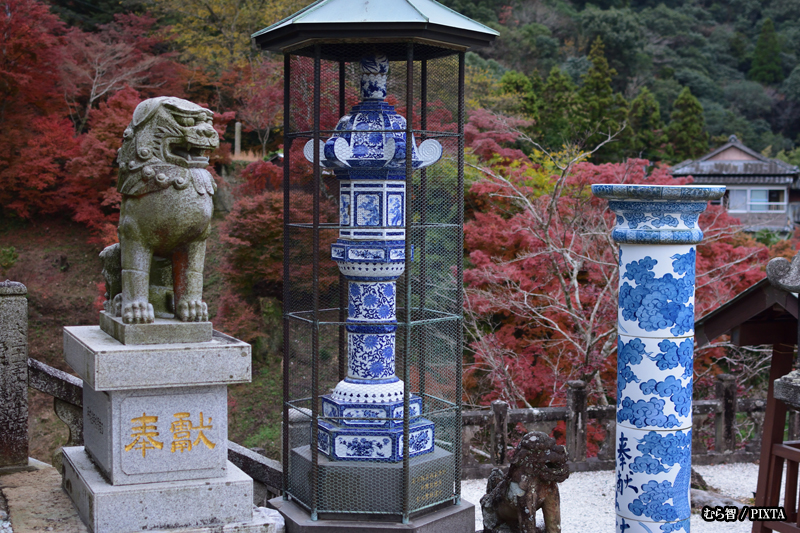
Photo for illustrative purposes
Arita and Imari, located in Saga Prefecture, are world-renowned for their exquisite porcelain. Visitors can explore the rich tradition of ceramic artistry in these towns, where you can watch master artisans create intricate pieces of porcelain. Arita is home to the Tousan Shrine, dedicated to the god of Arita porcelain, which adds a spiritual touch to the area’s cultural heritage. You can even try your hand at pottery making, immersing yourself in the craftsmanship that has made these towns famous for centuries.
Satsuma Peninsula: remote beauty
Satsuma Peninsula, located in the southernmost part of Kyushu, offers rugged landscapes and quiet, untouched beaches. The peninsula is perfect for travelers seeking natural beauty and a peaceful escape from the crowds.
With its sweeping coastal views and dramatic cliffs, it’s a great detour for nature lovers. Satsuma also offers historical sites that reflect its deep connection to the region’s past, making it a hidden gem for those exploring the southern reaches of Kyushu.
Kunisaki Peninsula: where nature meets spirituality
The Kunisaki Peninsula is a serene destination where nature and spirituality intersect. This region is home to several centuries-old temples nestled in lush, forested hills, offering a peaceful retreat for those seeking reflection and inner peace. Visitors can embark on scenic hikes through verdant landscapes and explore historical spiritual sites like the Rokugō Manzan, a series of six sacred locations.
Gunkanjima: the haunting battleship island
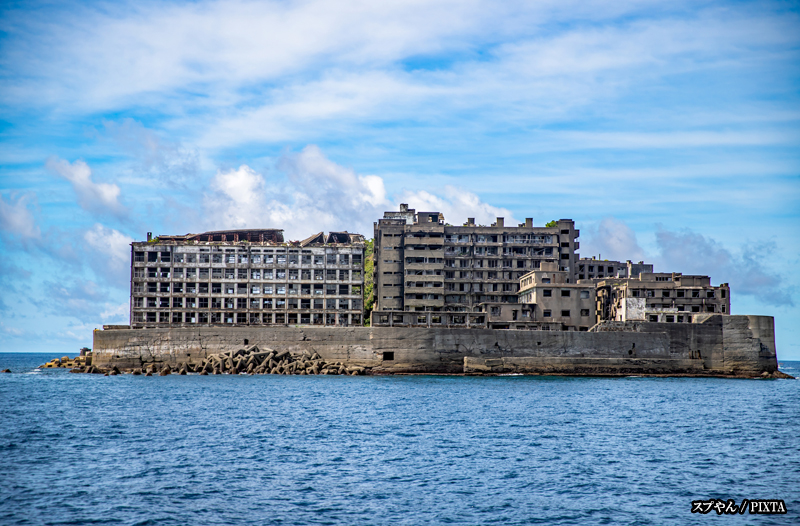
Photo for illustrative purposes
Gunkanjima, or “Battleship Island,” is a stark reminder of Japan’s rapid industrialization. Once home to a bustling coal mining community, this abandoned island now stands as a ghostly relic, with its decaying buildings and empty streets telling the story of a once-thriving industry.
The island, which resembles a battleship from a distance, offers eerie yet fascinating tours that delve into its history and the lives of the workers who once lived there. It is an iconic site for those interested in Japan’s industrial heritage and its dramatic transformation during the 20th century.
Curious about planning your own adventure? Let’s wrap up with some smart travel strategies.
How to plan your Kyushu adventure?
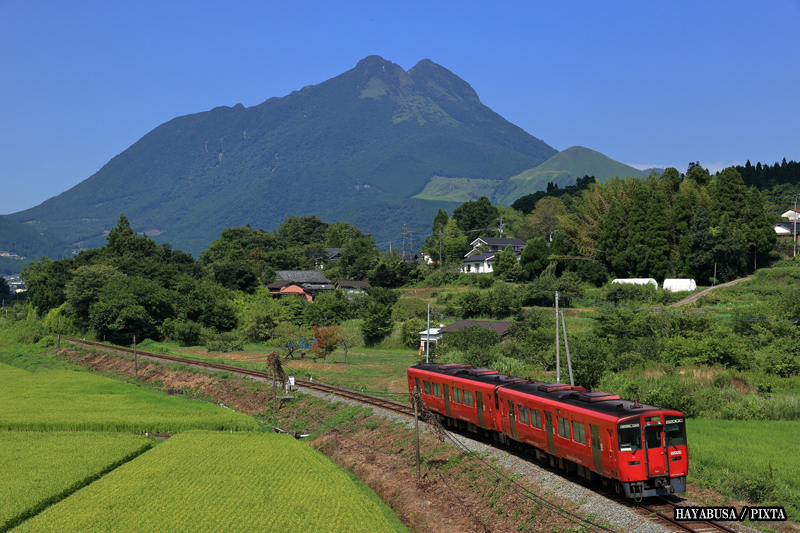
Photo for illustrative purposes
Suggested itineraries for 5, 7, and 10 days
- 5 Days:
Focus on Kyushu’s main cities and iconic spots. Start in Fukuoka for urban culture, then head to Nagasaki for its rich history. Wrap up with a visit to Kumamoto Castle and Mt. Aso for a taste of Kyushu’s natural beauty. - 7 Days:
Build on the 5-day route by adding Kagoshima and Sakurajima for dramatic volcanic scenery. Include a side trip to Takachiho Gorge to experience Kyushu’s mythical landscapes. - 10 Days:
With more time, explore Yakushima’s ancient forests or the Kunisaki Peninsula for a deep dive into rural and spiritual Japan. This itinerary blends vibrant cities, natural wonders, and hidden gems, offering a fuller picture of the island.
Best transportation passes and travel hacks
- JR Kyushu Rail Pass:
Ideal for covering long distances efficiently, this pass offers unlimited travel on JR trains, including the Kyushu Shinkansen. Available in Northern, Southern, or All Kyushu versions, it suits various itineraries. - SunQ Bus Pass:
Great for exploring rural areas not easily reached by train, this pass covers most highways and local buses across Kyushu. - Local city passes:
Cities like Fukuoka and Kagoshima offer 1-day and 2-day transit passes, saving money on subways, buses, and trams.
Travel hack
Combine bus and rail passes to reach off-the-beaten-path destinations more easily. Always check pass activation dates and train schedules in advance, especially during holiday seasons.
Understanding regional culture and etiquette
Kyushu has its own distinct rhythm and customs. While standard Japanese etiquette applies, visitors often notice a warmer, more relaxed vibe. A few tips:
- Onsen etiquette:
Some onsen (in Kyushu and elsewhere) may not allow you to use their facilities if you have a tattoo, so it’s best to always check in advance. Be sure to wash thoroughly before entering shared baths. - Dining:
In smaller towns, cash is preferred over cards, and many local eateries may not have English menus. Simple Japanese phrases and a polite demeanor, like bowing and removing shoes, go a long way. - Respect for nature:
Whether hiking Mt. Aso or exploring coastal areas, take care to leave no trace and follow all local safety guidelines.
By planning thoughtfully and traveling mindfully, your Kyushu adventure will be both smooth and deeply rewarding.
Suggested itinerary tip
Start north (Fukuoka), loop southwest to Nagasaki and Kumamoto, then swing southeast through nature hubs (Aso, Takachiho, Kirishima), and finish in Kagoshima or extend to Yakushima. Slot hidden gems based on personal interests and available time.
Conclusion
Kyushu is more than a destination—it’s an invitation to explore Japan’s wild beauty, urban vitality, and deep cultural roots all in one journey. Whether you’re wandering through volcanic landscapes, diving into city life, or tracing historical trails, Kyushu promises unforgettable memories at every turn.
Ready to uncover more of kyushu?
At Umami bites, we love giving international travelers the inside scoop to explore Japan’s rich culture, breathtaking landscapes, and hidden treasures—just like the unforgettable spots you’ve discovered in this guide to Kyushu’s nature, cities, and heritage sites.
If you’re looking to keep your Kyushu itinerary rolling, don’t miss the next parts of our travel series:
- “Exploring Kyushu by Shinkansen: Destinations and Tips” for seamless high-speed travel insights“
- “A Guide to Kyushu’s Famous Street Food and Local Flavors” to savor the island’s must-try bites“
Stay curious, travel smart, and wherever the road leads, Umami bites is here to inspire and guide you to make every moment in Japan unforgettable.
